Home>Furniture & Design>Bedroom Furniture>How To Keep Cool On A Memory Foam Mattress


Bedroom Furniture
How To Keep Cool On A Memory Foam Mattress
Modified: March 2, 2024
Discover effective tips for staying cool on a memory foam mattress. Create a comfortable and cool bedroom with our bedroom furniture and design ideas.
(Many of the links in this article redirect to a specific reviewed product. Your purchase of these products through affiliate links helps to generate commission for Storables.com, at no extra cost. Learn more)
**
Introduction
**
So, you've finally upgraded to a luxurious memory foam mattress, expecting nights of unparalleled comfort and rejuvenating sleep. However, you might have noticed that memory foam has a reputation for retaining heat, which can lead to discomfort during the night. Fret not, as there are strategies to help you stay cool and comfortable on your memory foam mattress. In this article, we'll explore the unique properties of memory foam, the factors contributing to heat retention, and practical tips for keeping cool while enjoying the benefits of this popular mattress material. Whether you're a proud owner of a memory foam mattress or considering purchasing one, this guide will equip you with the knowledge to optimize your sleeping environment for a blissful, temperature-regulated slumber.
**
Key Takeaways:
- Memory foam mattresses retain heat due to their unique properties, but strategic choices like breathable bedding and climate control can help you stay cool and comfortable for a restful night’s sleep.
- Understanding factors like density, body heat transfer, and bedding materials can empower you to proactively address heat retention concerns and create a conducive setting for restful sleep on a memory foam mattress.
Read more: What Is A Memory Foam Mattress
Understanding Memory Foam Mattresses
**
Memory foam mattresses are constructed from a unique material that responds to heat and pressure, conforming to the body's contours and providing exceptional support. This viscoelastic foam, originally developed by NASA in the 1970s for cushioning in space shuttles, has since revolutionized the mattress industry with its ability to offer personalized comfort and alleviate pressure points.
One of the standout features of memory foam is its ability to absorb and retain body heat. While this characteristic contributes to the mattress's contouring properties, it can also result in a warmer sleeping surface compared to traditional spring mattresses. Understanding the science behind this phenomenon is crucial for implementing effective cooling strategies.
When you lie on a memory foam mattress, the foam molds to your body, creating a cocoon-like sensation that some sleepers find comforting. However, this close conformity can restrict airflow around your body, potentially leading to heat buildup. Additionally, the density and composition of the foam can influence its heat retention properties, with higher-density foams generally retaining more heat than lower-density alternatives.
It's important to note that not all memory foam mattresses are created equal. Manufacturers have developed various formulations and designs to address concerns about heat retention, such as incorporating cooling gel infusions, open-cell structures, and breathable covers. By understanding the nuances of different memory foam options, you can make an informed decision when selecting a mattress that aligns with your temperature regulation preferences.
Ultimately, memory foam mattresses offer a balance of support and comfort, but their heat retention tendencies necessitate proactive measures to ensure a cool and restful sleep environment. In the following sections, we will delve into the factors that influence heat retention on memory foam mattresses and explore practical tips for mitigating warmth and optimizing your sleep quality.
**
Factors Affecting Heat Retention
**
Several factors contribute to the heat retention properties of memory foam mattresses, influencing the sleeping environment and overall comfort. Understanding these elements is essential for devising effective strategies to mitigate heat buildup and enhance your sleep experience.
- Density and Composition: The density of memory foam plays a significant role in its heat retention capabilities. Higher-density foams tend to trap more heat due to their closer cell structure, which restricts airflow. Conversely, lower-density foams typically allow for better air circulation, potentially reducing heat retention. Additionally, the composition of the foam, including the presence of cooling gel infusions or plant-based materials, can affect its thermal properties.
- Body Heat Transfer: Memory foam responds to body heat by softening and contouring to the sleeper’s shape. While this personalized support is a hallmark of memory foam mattresses, it also means that the foam absorbs and retains body heat, potentially leading to a warmer sleeping surface. The extent of heat transfer varies based on individual factors such as metabolism and body temperature.
- Mattress Cover and Bedding: The materials used in the mattress cover and bedding can influence heat retention. Tight-weave fabrics and non-breathable materials may hinder airflow and contribute to heat buildup. Conversely, utilizing breathable, moisture-wicking bedding can promote ventilation and help dissipate excess heat from the mattress surface.
- Room Temperature and Humidity: External environmental factors, such as room temperature and humidity levels, can impact the perceived warmth of a memory foam mattress. Higher room temperatures and elevated humidity may exacerbate heat retention, potentially leading to discomfort during sleep. Proper ventilation and climate control in the bedroom can mitigate these effects.
- Sleeping Position: The sleeping position can affect heat retention on a memory foam mattress. Side sleepers, for example, may experience deeper sinkage into the foam, potentially leading to increased contact and heat retention. Understanding how different sleeping positions interact with the mattress can inform adjustments to optimize comfort and temperature regulation.
By recognizing these factors, you can tailor your approach to managing heat retention on a memory foam mattress, creating a more conducive sleep environment that promotes restful and rejuvenating nights.
**
Invest in a cooling mattress topper or use breathable, moisture-wicking sheets to help regulate your body temperature on a memory foam mattress.
Tips for Keeping Cool on a Memory Foam Mattress
**
While memory foam mattresses offer exceptional comfort and support, addressing heat retention concerns is crucial for maximizing their appeal. Fortunately, several practical tips can help you stay cool and comfortable while enjoying the benefits of a memory foam sleep surface.
- Choose a Breathable Mattress Cover: Opt for a breathable mattress cover or protector designed to promote airflow and heat dissipation. Look for materials such as cotton or bamboo-derived fabrics, which offer natural breathability and moisture-wicking properties. These covers can help mitigate heat buildup and enhance overall sleeping comfort.
- Utilize Cooling Sheets and Bedding: Selecting moisture-wicking, cooling sheets and bedding can significantly impact your sleeping experience on a memory foam mattress. Materials engineered to disperse heat and moisture, such as Tencel or performance blends, can enhance breathability and contribute to a cooler sleeping surface.
- Invest in a Mattress Topper: Consider using a ventilated mattress topper specifically designed to enhance airflow and regulate temperature. Topper materials like gel-infused memory foam or latex offer improved breathability and can help offset the heat retention tendencies of the underlying memory foam mattress.
- Opt for Climate-Controlled Sleep Environment: Maintaining a cool and well-ventilated bedroom environment can complement your efforts to stay cool on a memory foam mattress. Utilize fans, air conditioning, or strategic window ventilation to regulate room temperature and promote airflow, creating a conducive setting for restful sleep.
- Strategic Positioning of Bedding and Sleep Accessories: Adjust the positioning of pillows and sleep accessories to optimize airflow around your body. Placing pillows strategically to allow for better air circulation and utilizing breathable, moisture-wicking sleep accessories can contribute to a cooler and more comfortable sleep surface.
- Consider Temperature-Regulating Mattress Protectors: Explore the option of temperature-regulating mattress protectors that leverage innovative fabric technologies to manage heat and moisture. These protectors can complement the breathability of your mattress cover and contribute to a more balanced sleep climate.
- Regular Maintenance and Cleaning: Keep your mattress and bedding clean to prevent the accumulation of dust, debris, and body oils, which can impede airflow and contribute to heat retention. Follow the manufacturer’s guidelines for mattress care and maintenance to uphold optimal sleep hygiene.
By implementing these tips, you can proactively address heat retention concerns and create an environment that promotes cool, restful sleep on your memory foam mattress. Customizing your sleep setup with thoughtful consideration for airflow and temperature regulation can enhance the overall sleep experience and ensure that you reap the full benefits of your luxurious memory foam mattress.
**
Conclusion
**
As we conclude our exploration of keeping cool on a memory foam mattress, it’s evident that while memory foam offers unparalleled comfort and support, its heat retention properties can present challenges for some individuals. By understanding the factors influencing heat retention and implementing practical tips to mitigate warmth, you can optimize your sleep environment and enjoy the benefits of a memory foam mattress without compromising on temperature regulation.
From selecting breathable bedding materials to maintaining a climate-controlled sleep environment, the strategies outlined in this guide empower you to proactively address heat retention concerns and create a conducive setting for restful sleep. By leveraging breathable mattress covers, cooling sheets, and temperature-regulating accessories, you can enhance airflow and dissipate excess heat, ensuring a cooler and more comfortable sleep surface.
It’s important to recognize that while memory foam mattresses have a propensity for heat retention, advancements in mattress design and technology have led to the development of cooling-infused foams and innovative materials that aim to counteract these effects. When considering a memory foam mattress, explore options that incorporate cooling enhancements to align with your preferences for a temperature-neutral sleep experience.
Ultimately, the key lies in customizing your sleep environment to harmonize with the unique properties of memory foam, allowing you to revel in its supportive embrace while maintaining a cool and refreshing sleeping surface. By integrating the insights and tips presented in this guide, you can embark on a journey to unlock the full potential of your memory foam mattress, experiencing nights of blissful, temperature-regulated slumber.
With a thoughtful approach to heat management and a commitment to optimizing your sleep space, you can savor the luxurious comfort of a memory foam mattress while keeping cool and comfortable throughout the night, awakening rejuvenated and ready to embrace each new day.
Frequently Asked Questions about How To Keep Cool On A Memory Foam Mattress
Was this page helpful?
At Storables.com, we guarantee accurate and reliable information. Our content, validated by Expert Board Contributors, is crafted following stringent Editorial Policies. We're committed to providing you with well-researched, expert-backed insights for all your informational needs.
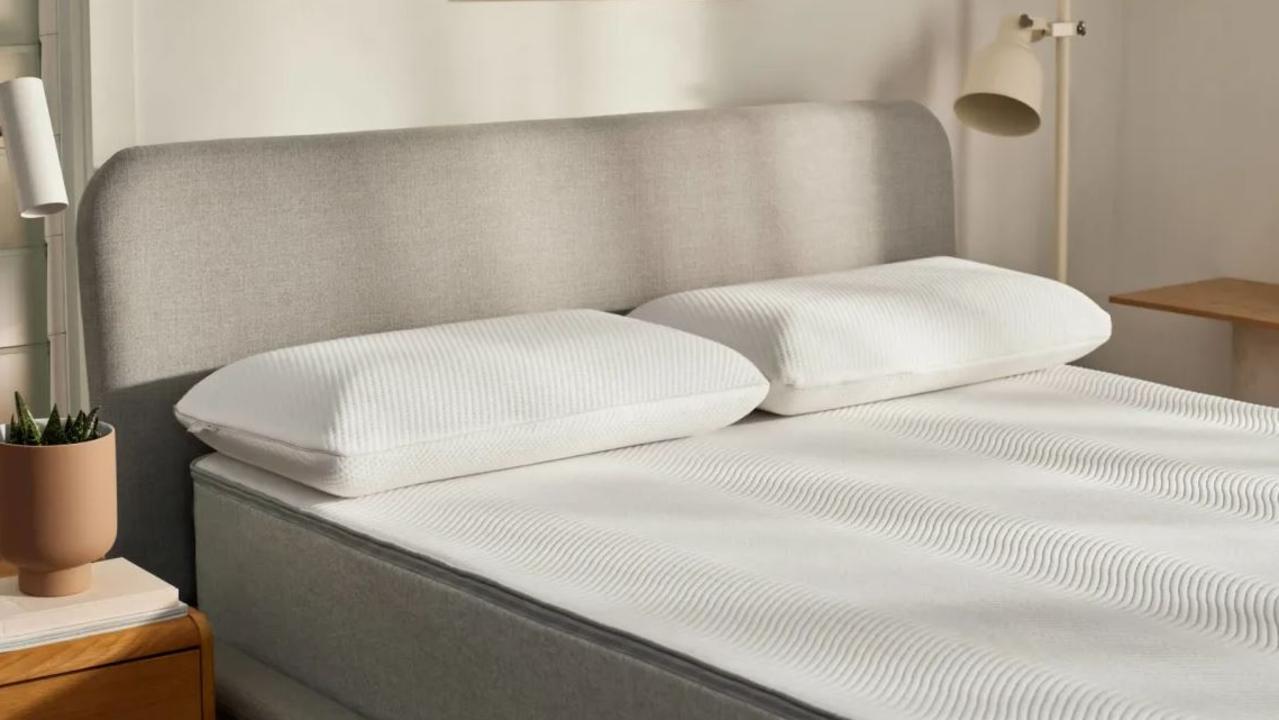
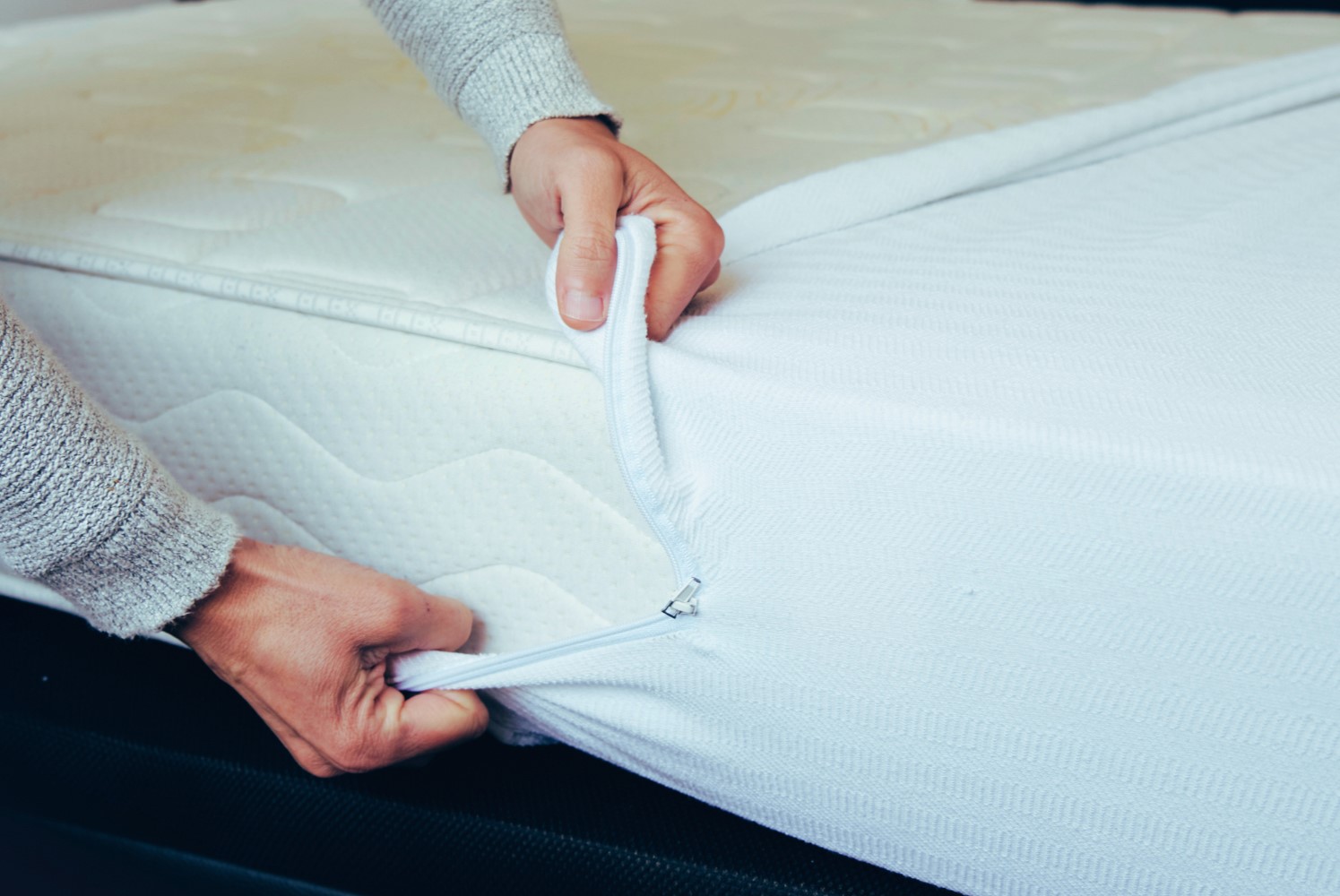
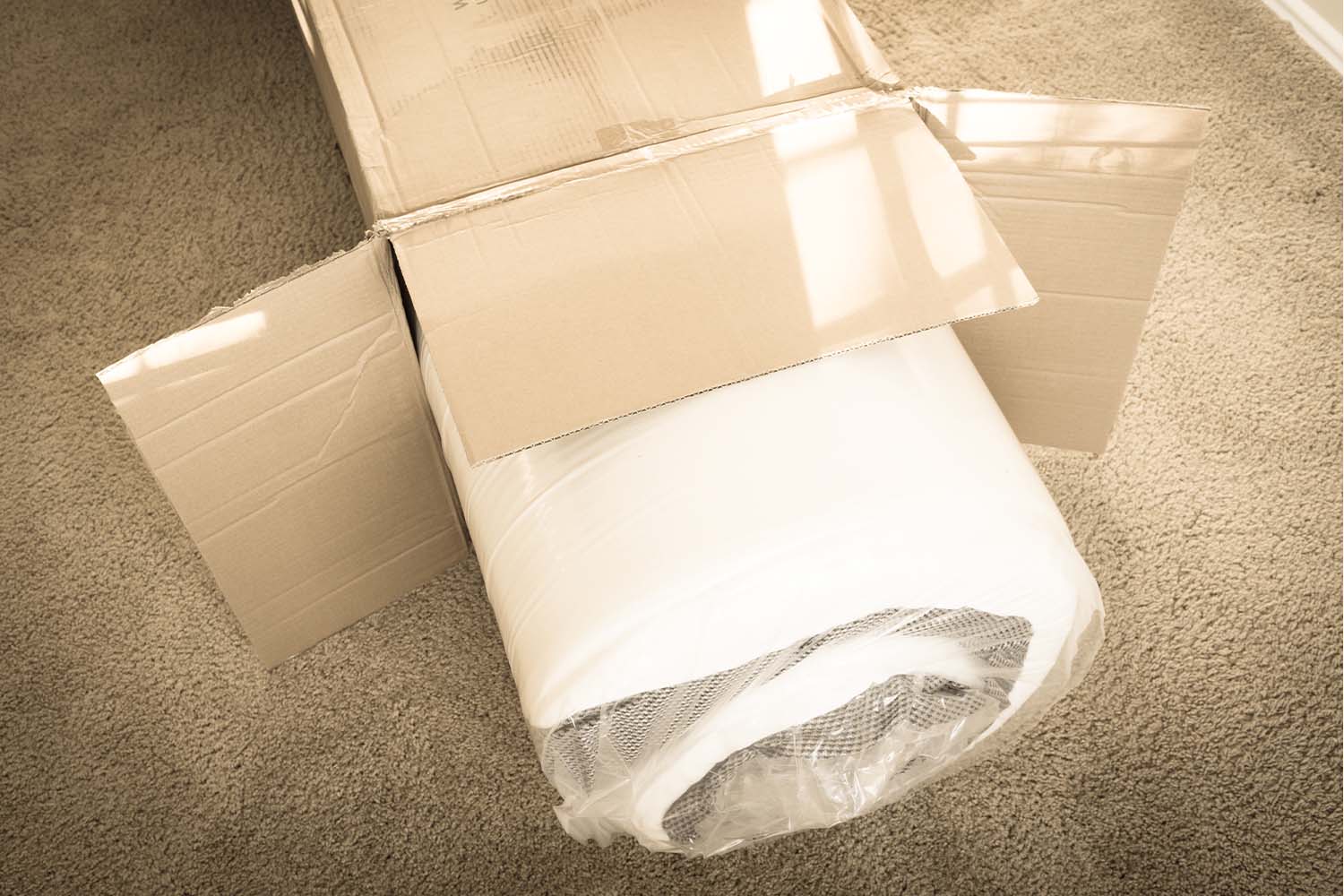
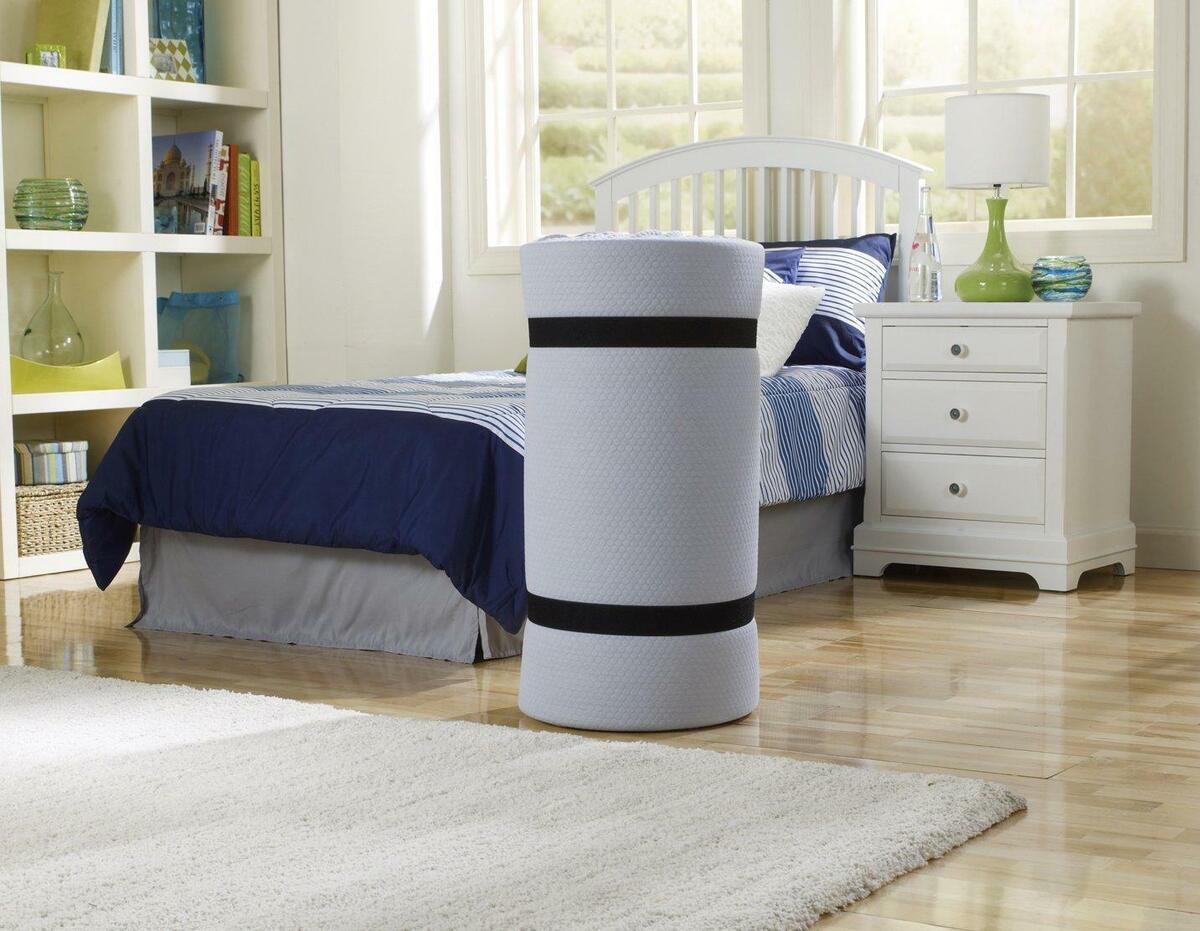
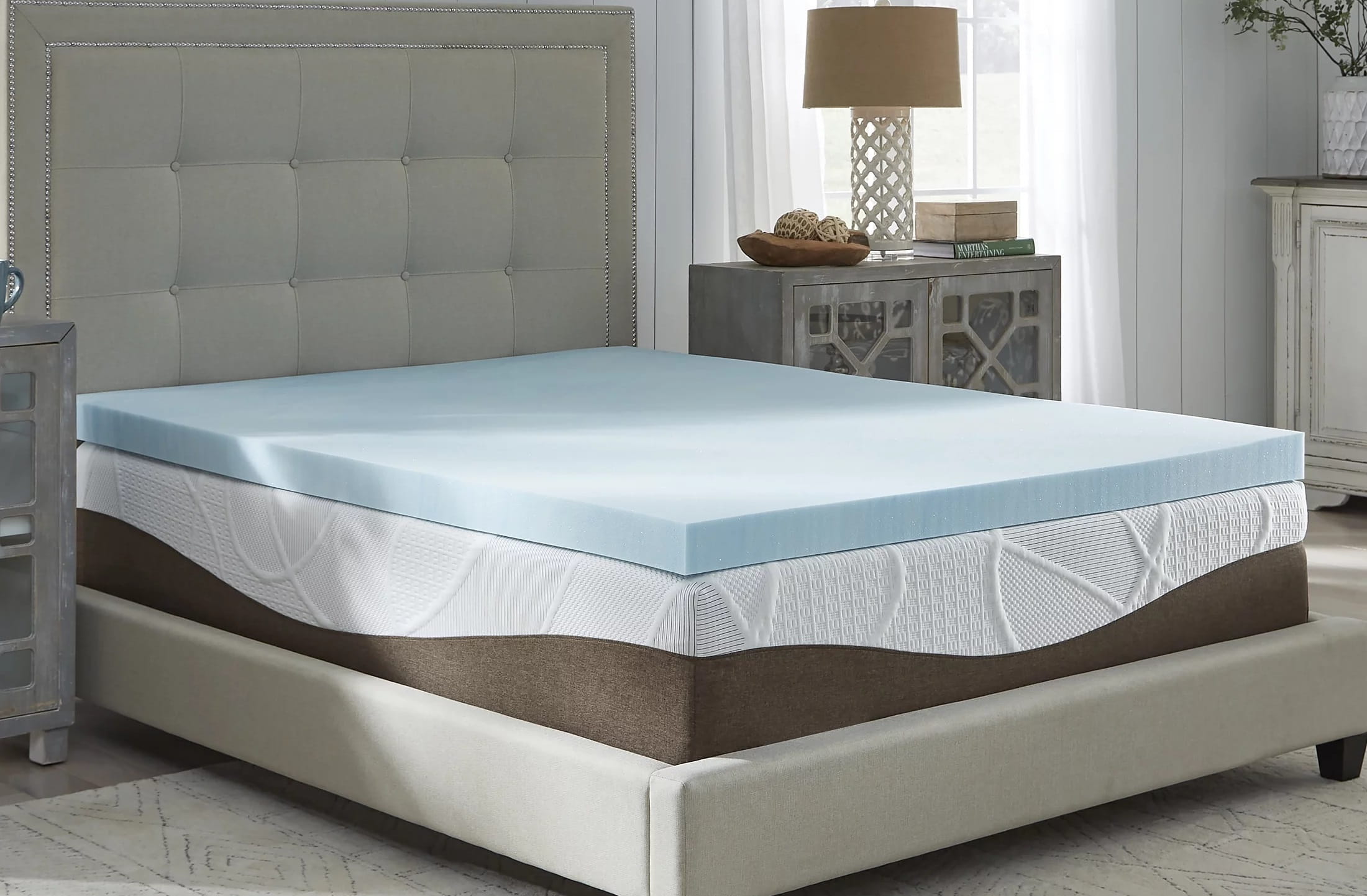
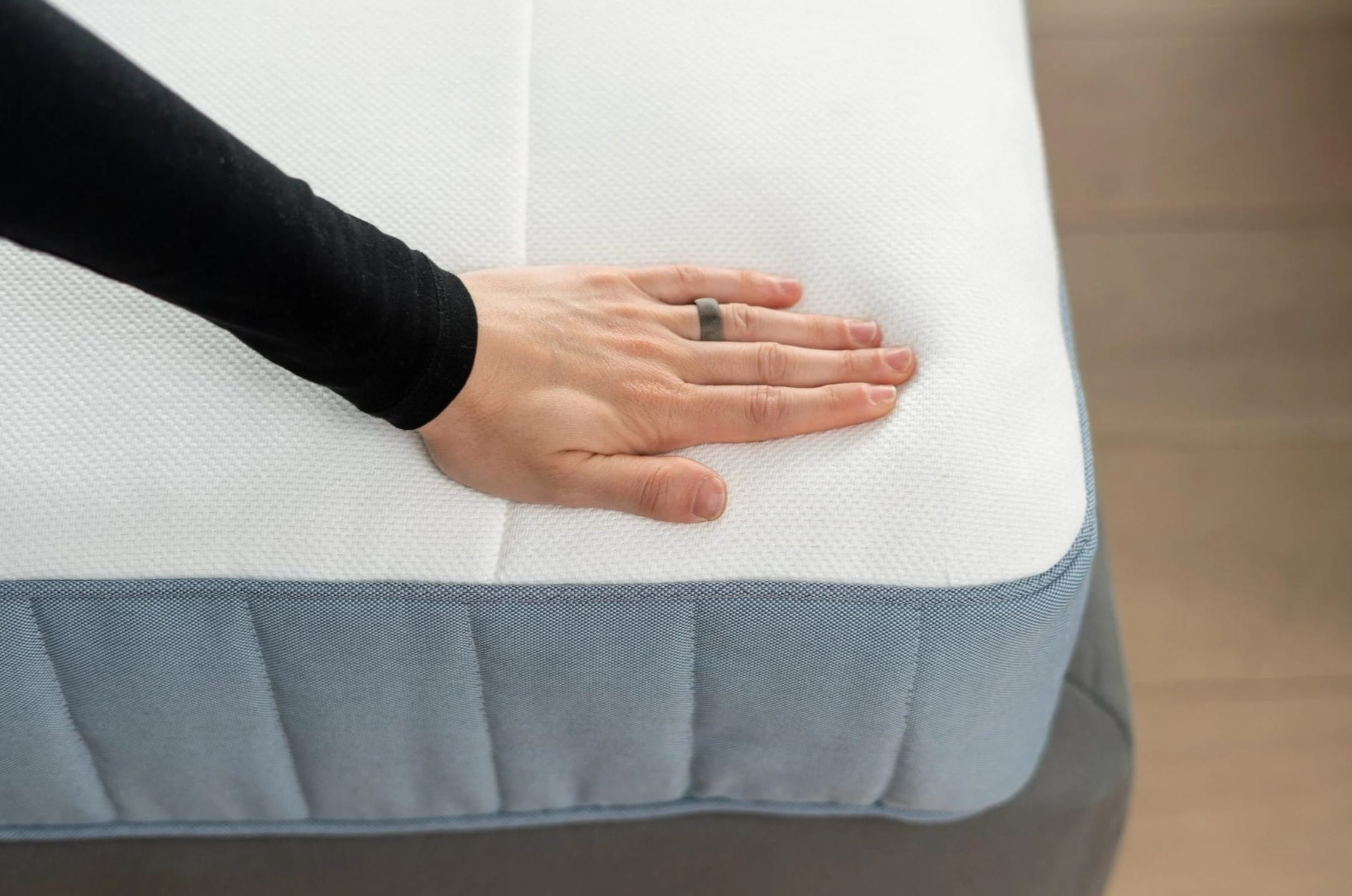
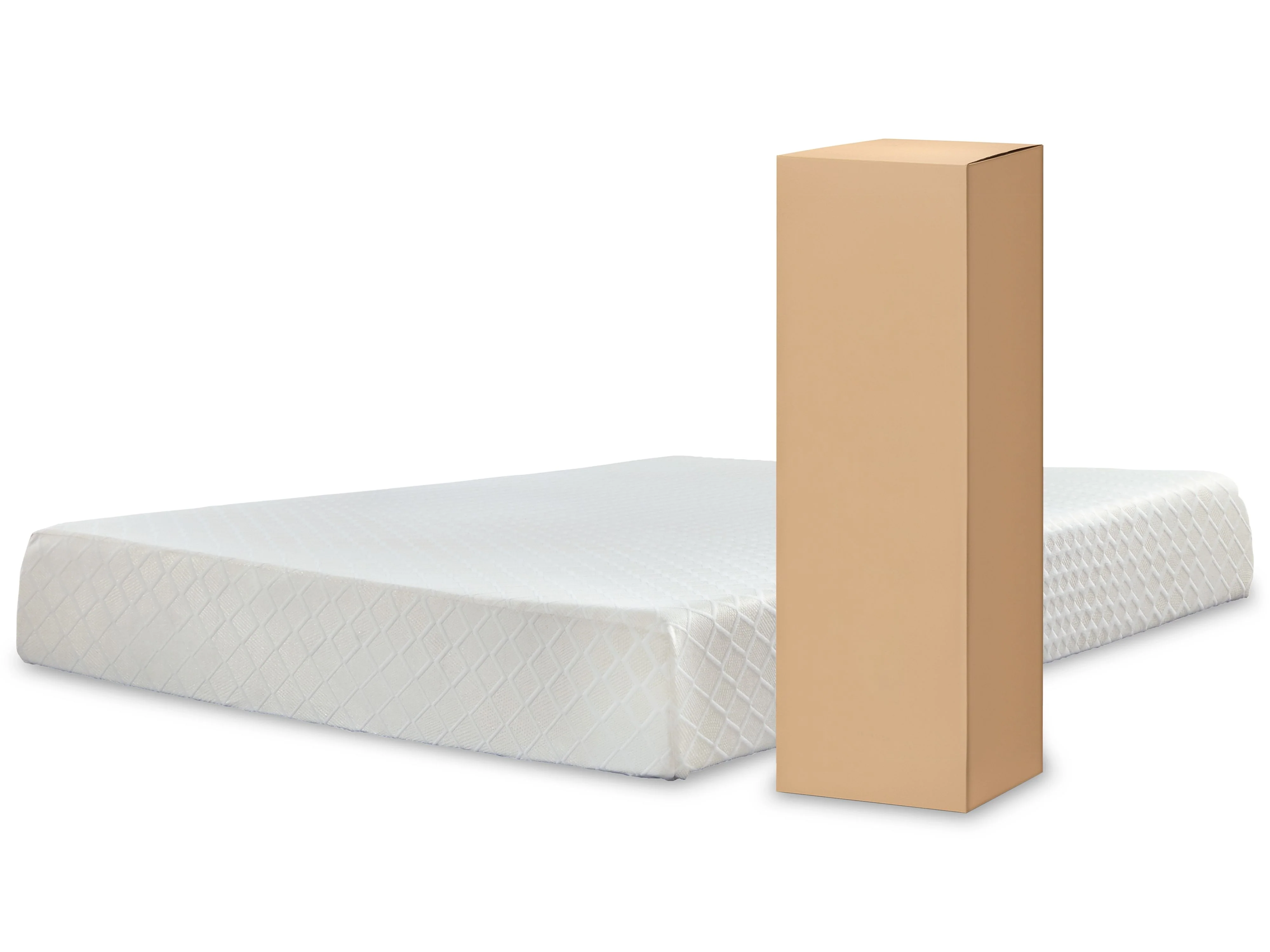
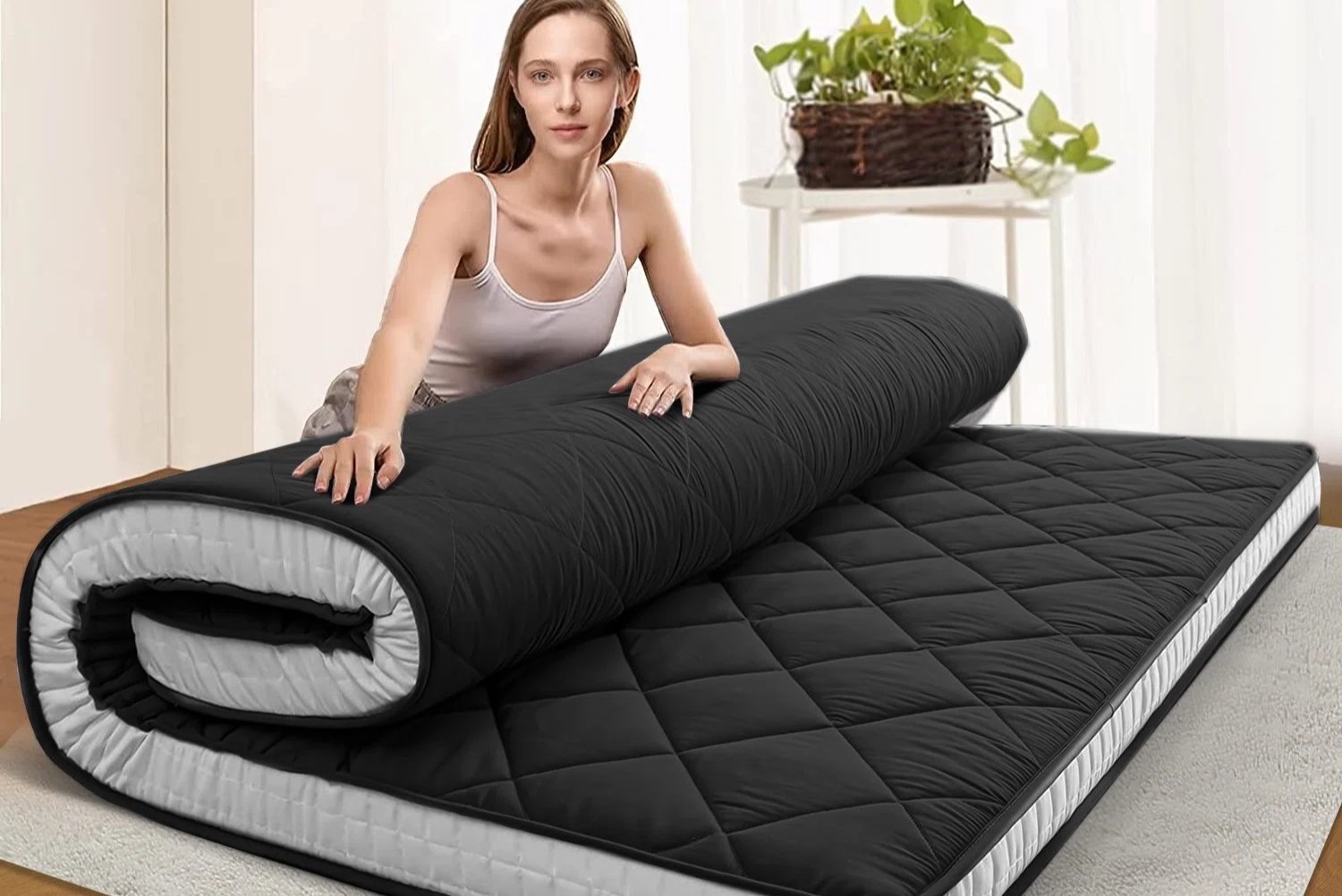

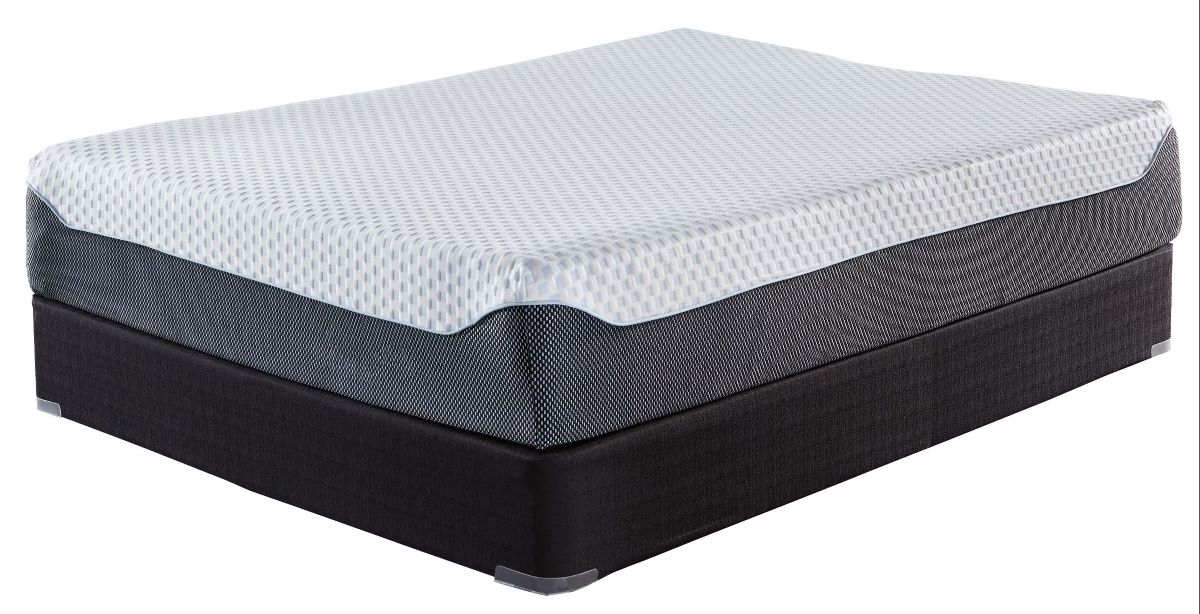
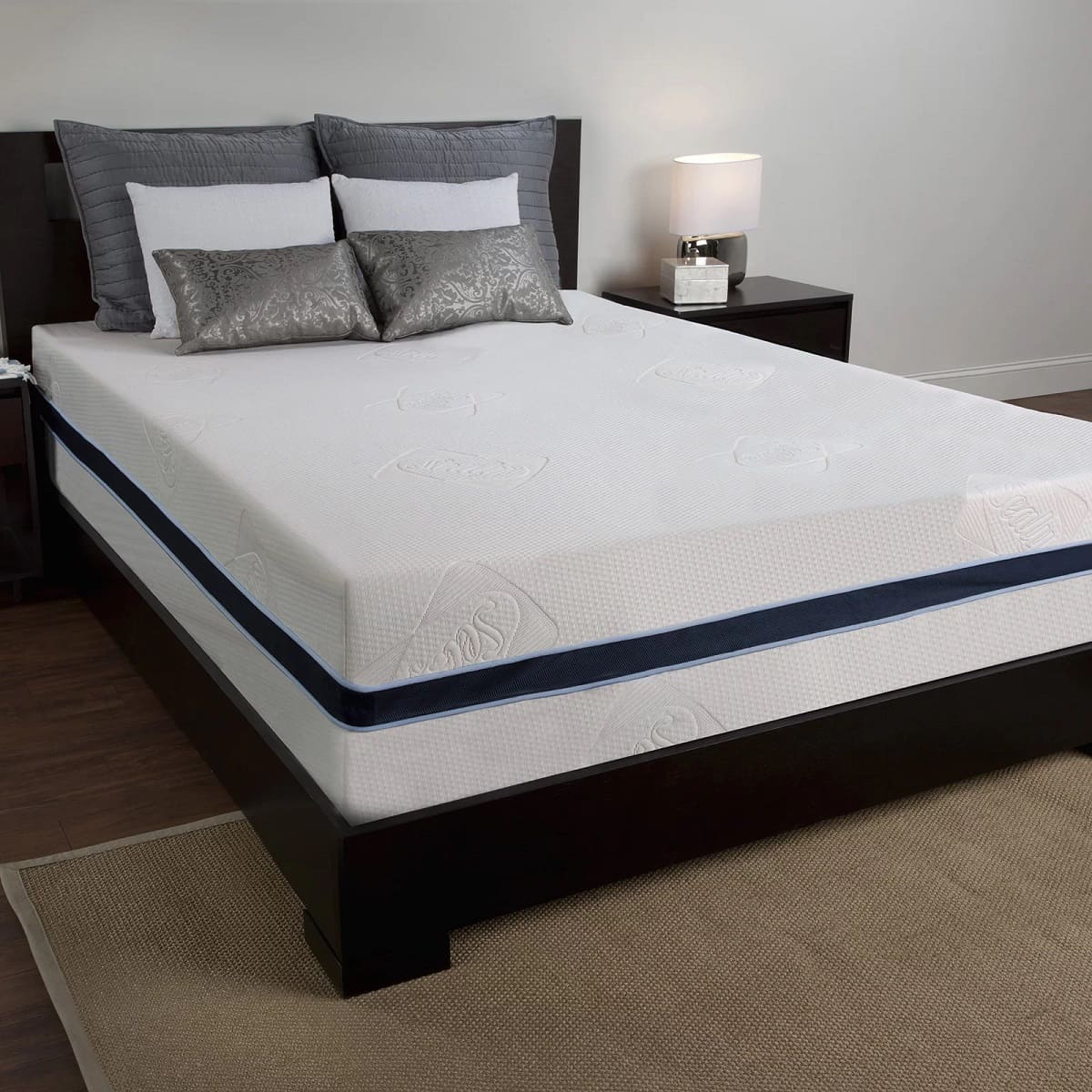
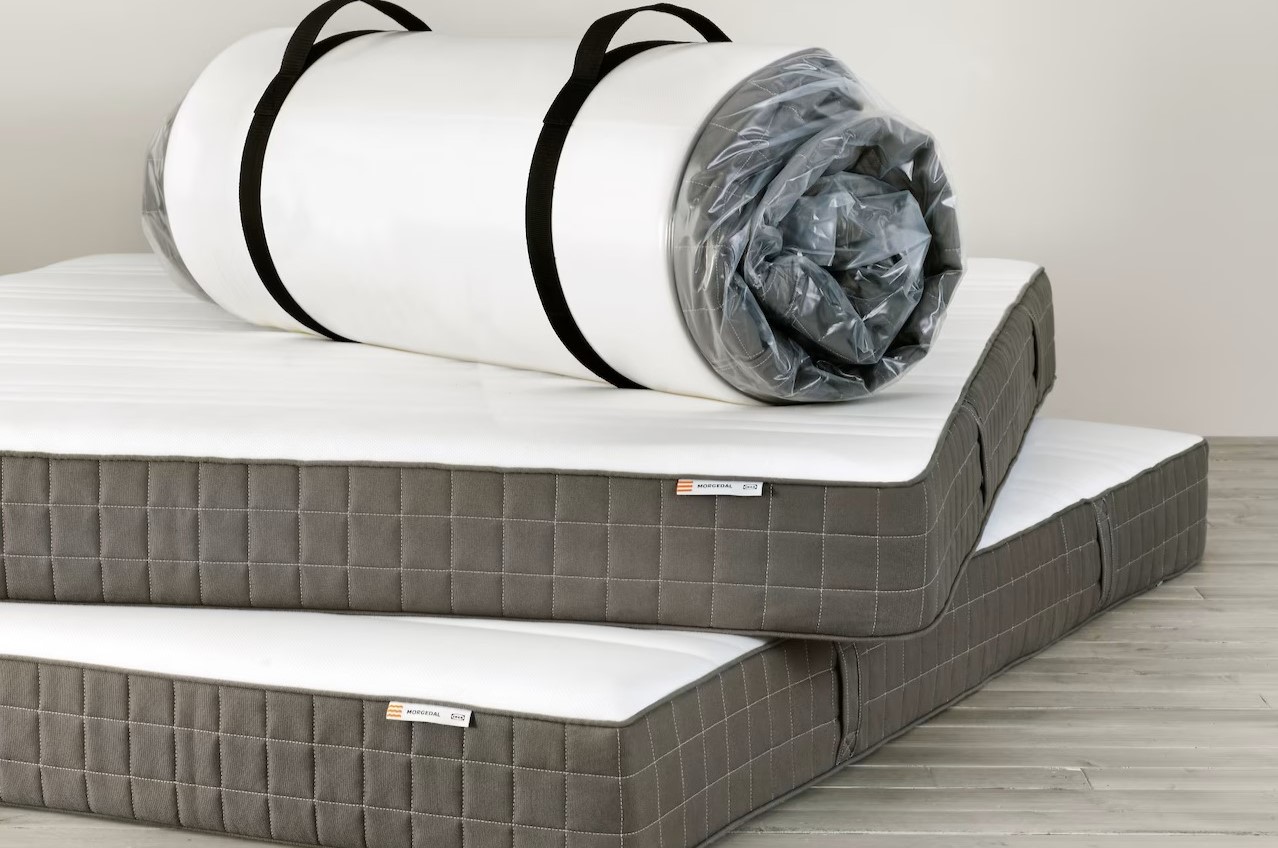
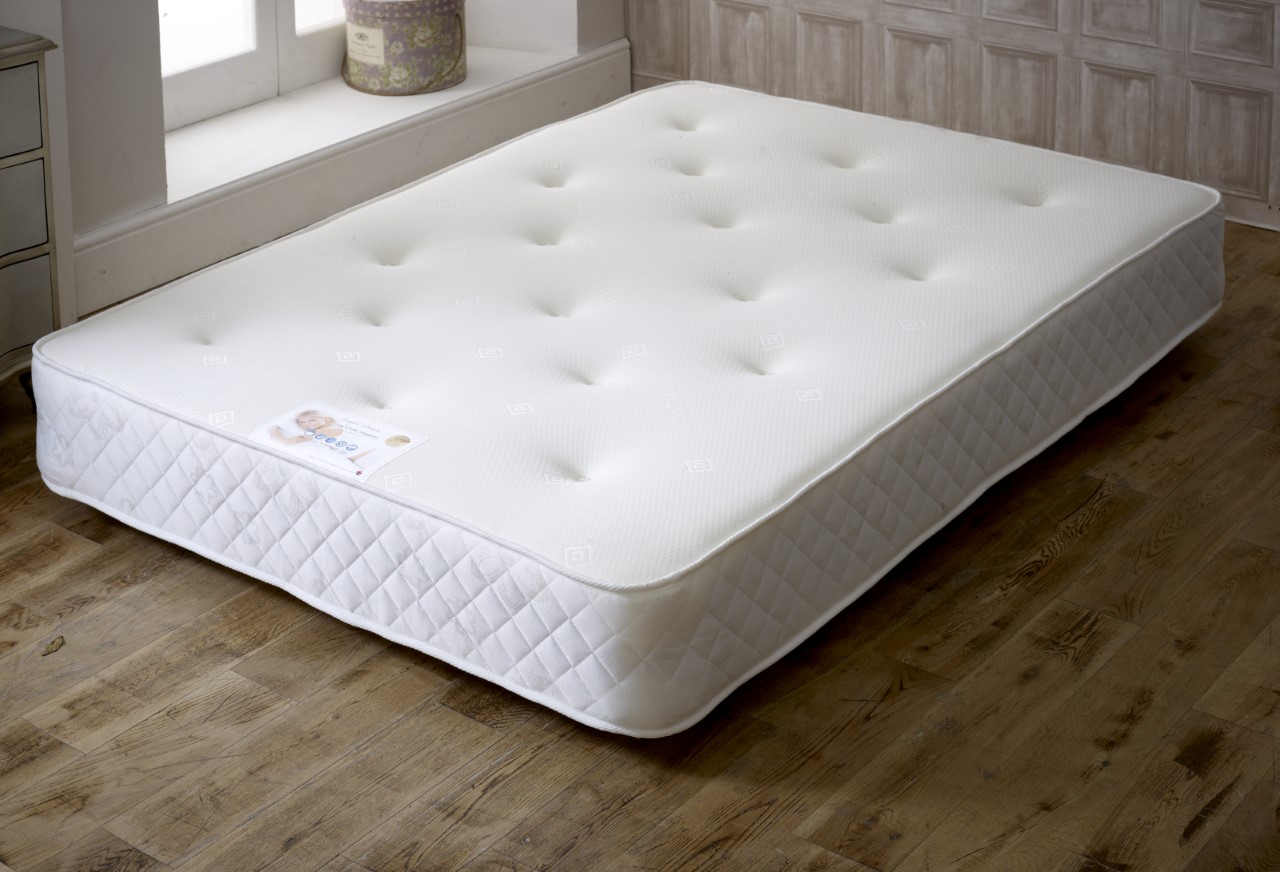
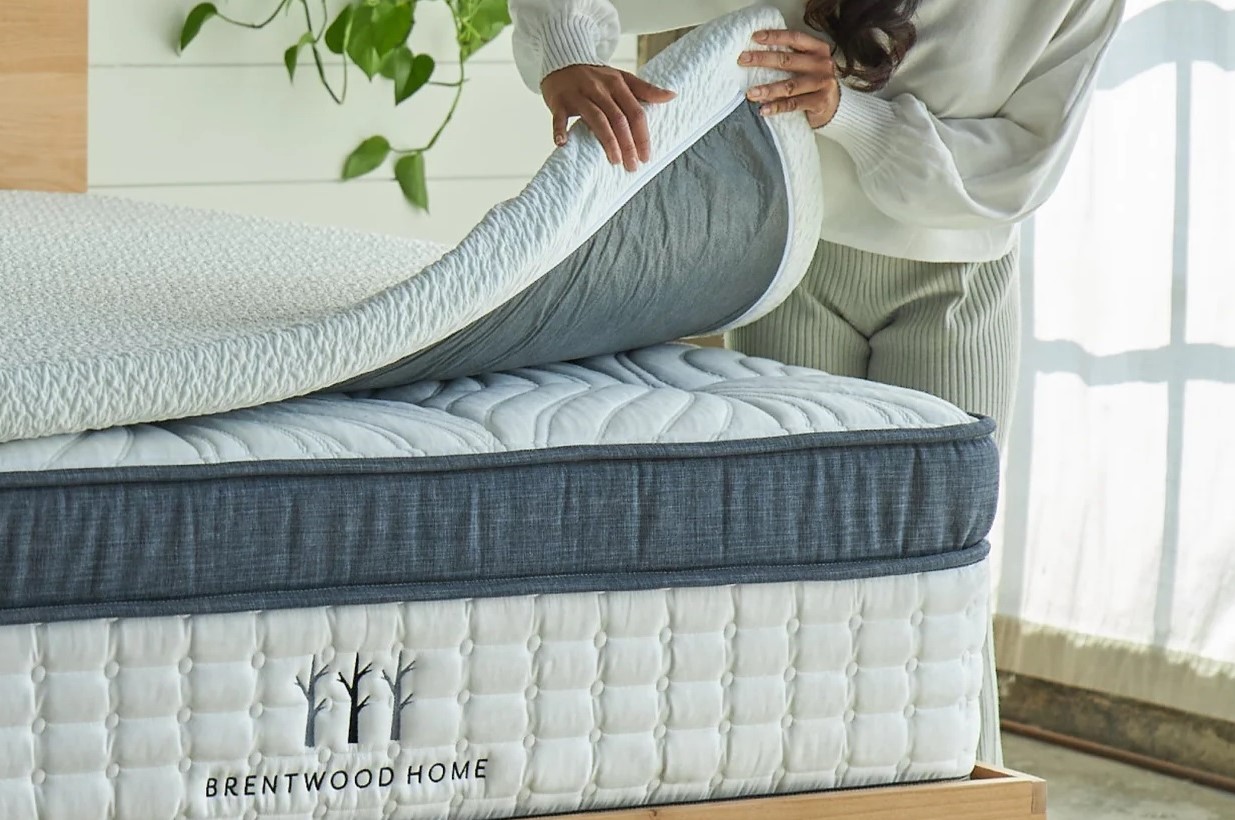


0 thoughts on “How To Keep Cool On A Memory Foam Mattress”